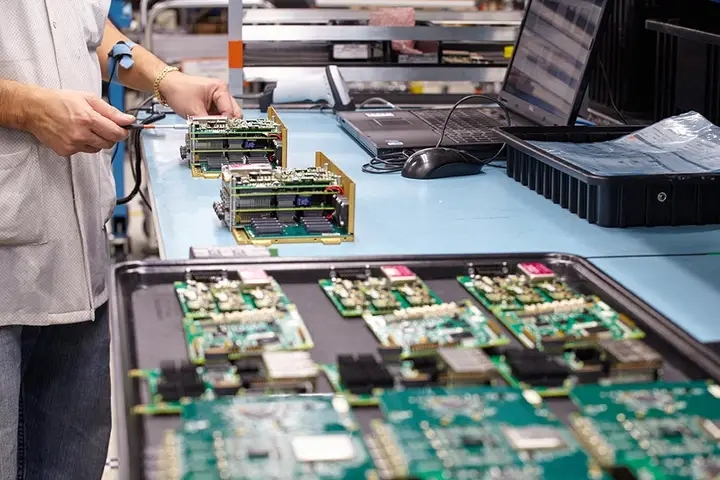In the world of electronics manufacturing, ensuring the quality and reliability of printed circuit board assemblies (PCBAs) is paramount. This is where PCBA testing comes into play. PCBA testing is a critical step in the production process that helps identify and rectify any potential defects or issues before the final product reaches the hands of consumers.
Understanding PCBA Testing
PCBA testing, or printed circuit board assembly testing, is a comprehensive examination of assembled PCBs to verify their functionality and performance. It involves a series of tests that evaluate various aspects of the electronic components, connections, and overall functionality of the assembled board.
The main objectives of PCBA testing are:
1. Functional Verification: This test verifies if the PCBA performs its intended functions correctly. It checks if the electronic components are properly connected, communicate with each other, and produce the desired output.
2. Defect Detection: PCBA test helps identify any manufacturing defects such as soldering issues, component misalignment, or shorts that may have occurred during the assembly process.
3. Quality Assurance: By identifying and rectifying defects early in the production process, PCBA testing ensures that only high-quality, reliable products are shipped to customers.
Types of PCBA Tests
1. In-Circuit Testing (ICT)
ICT is one of the most common and widely used methods for PCBA testing. It involves the use of a specialized fixture that makes contact with specific points on the PCB to measure various electrical parameters. This test can identify issues like open circuits, short circuits, incorrect components, and incorrect values.
2. Functional Testing
Functional testing involves applying specific inputs to the PCBA and checking if it produces the expected outputs. This test is crucial for verifying the overall functionality of the assembled board. It ensures that the PCBA meets its design specifications and performs its intended tasks.
3. Boundary Scan Testing
Boundary scan testing is a non-intrusive method that uses dedicated test logic embedded in the ICs (Integrated Circuits) to perform tests. It allows for the testing of digital and analog signals, making it particularly useful for complex PCBAs with high-density components.
4. Automated Optical Inspection (AOI)
AOI utilizes cameras and image recognition software to inspect the PCB for visual defects. It can identify issues such as missing components, misaligned components, soldering defects, and other visual anomalies.
5. X-Ray Inspection
X-ray inspection is used for non-destructive testing of PCBAs, especially when it comes to hidden or internal components. This method can detect defects like soldering voids, improper component placement, and other internal issues.
Benefits of PCBA Testing
1. Cost-Efficiency
While PCBA testing adds an extra step to the production process, it ultimately saves costs in the long run. Identifying and rectifying defects early reduces the likelihood of expensive rework or product recalls.
2. Enhanced Product Reliability
PCBA testing ensures that only high-quality, defect-free products are shipped to customers. This enhances the overall reliability and reputation of the electronics manufacturer.
3. Compliance with Industry Standards
Many industries have specific quality standards that must be met. PCBA testing helps manufacturers comply with these standards, ensuring that their products meet or exceed the required specifications.
4. Customer Satisfaction
Reliable products lead to satisfied customers. By conducting thorough PCBA testing, manufacturers can deliver products that meet or exceed customer expectations.
Conclusion
In conclusion, PCBA testing is a critical step in the electronics manufacturing process. It ensures that PCBAs meet the highest quality standards, leading to reliable and trustworthy products for consumers. By employing various testing methods like ICT, functional testing, boundary scan testing, AOI, and X-ray inspection, manufacturers can guarantee the performance and functionality of their electronic assemblies. Investing in PCBA testing ultimately leads to cost savings, enhanced product reliability, compliance with industry standards, and increased customer satisfaction.










